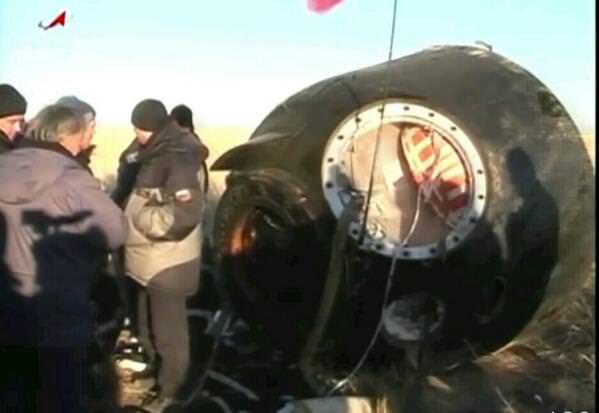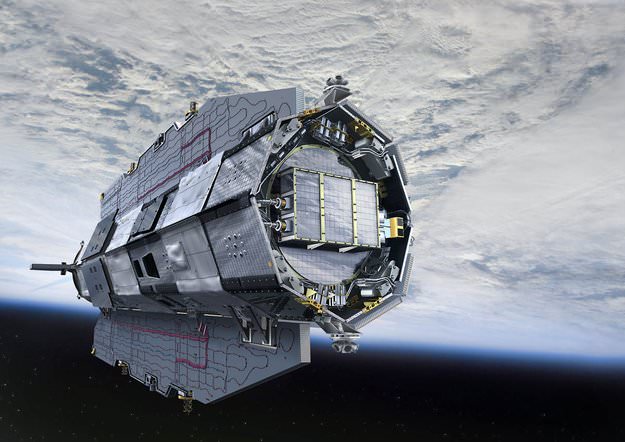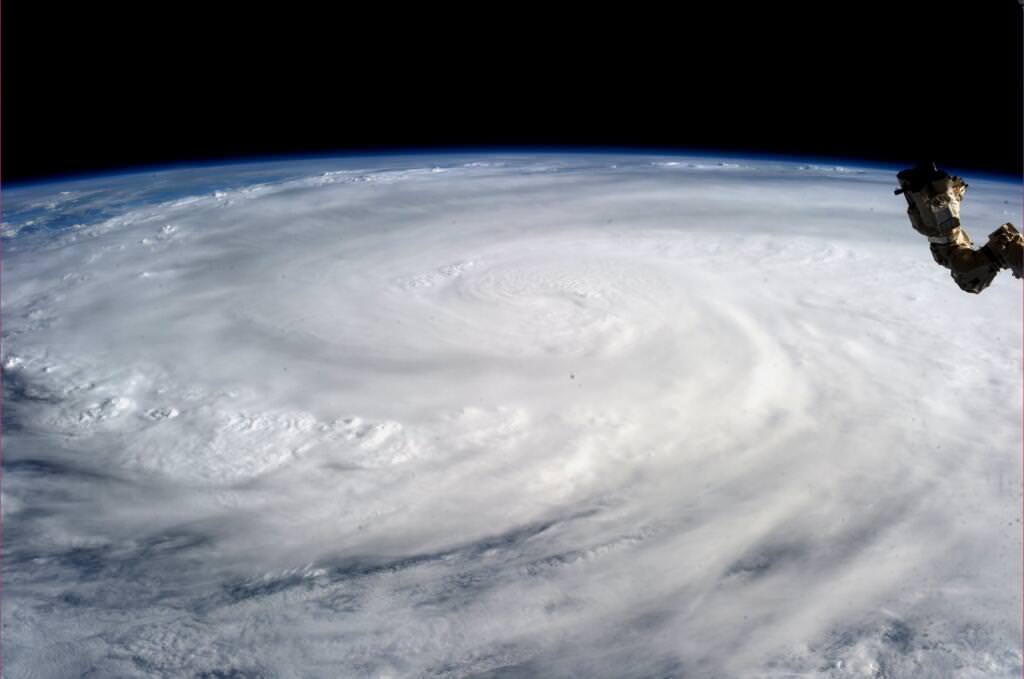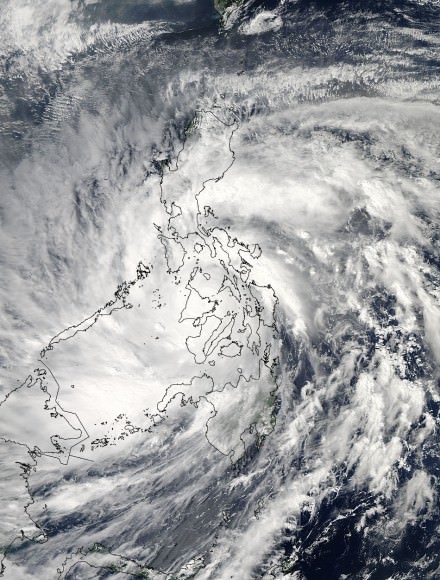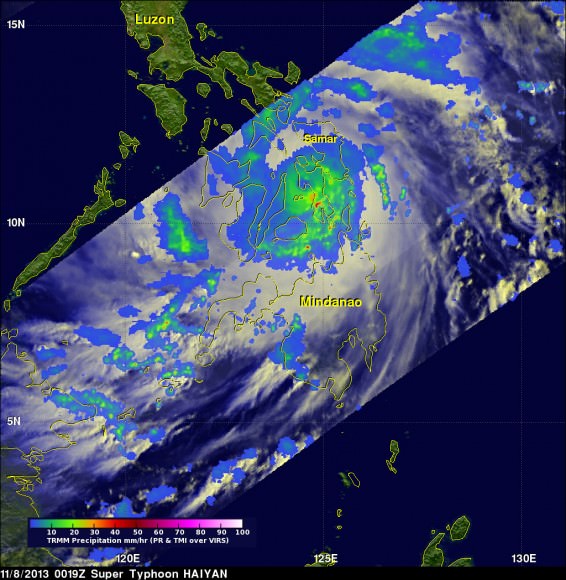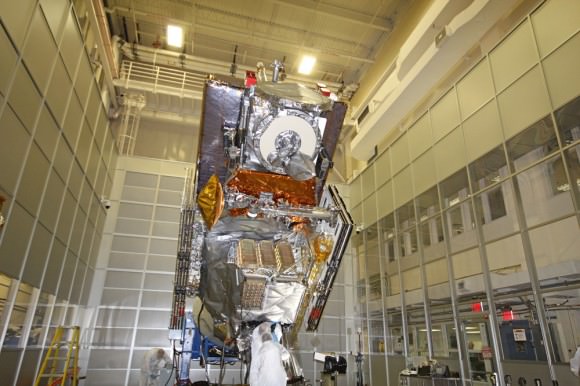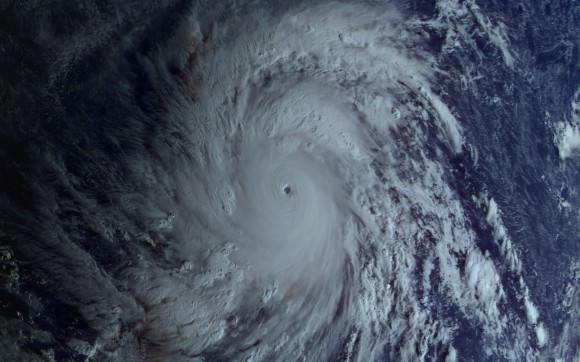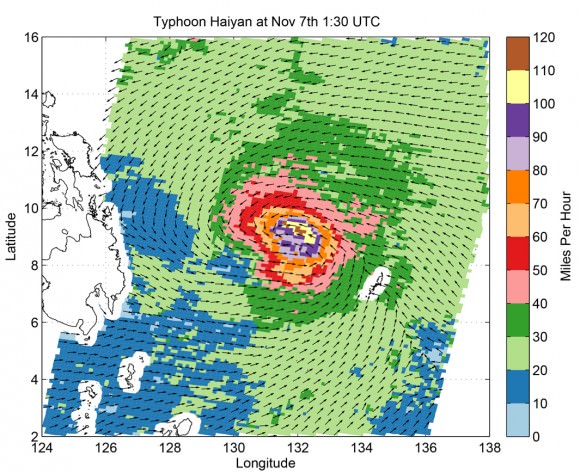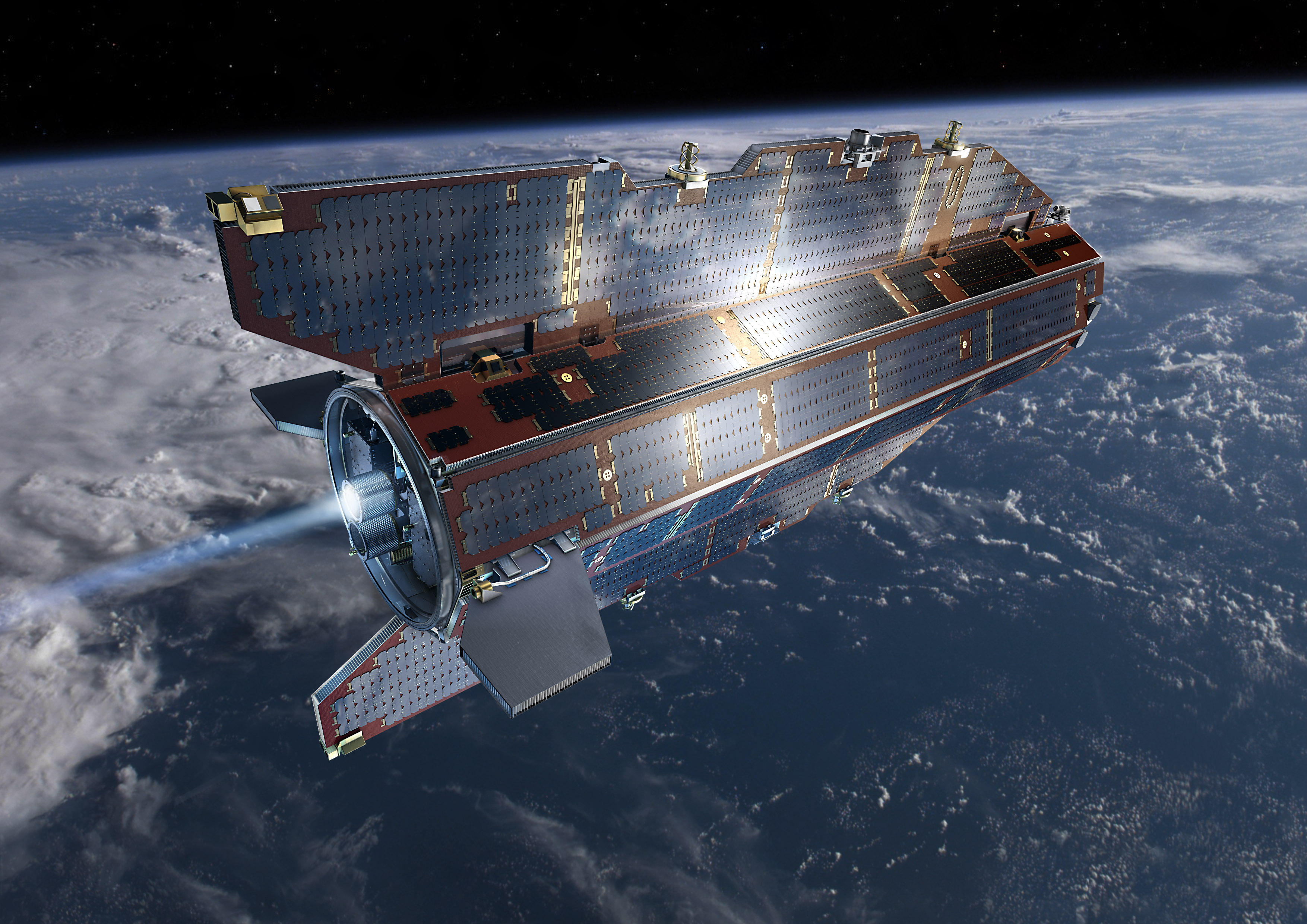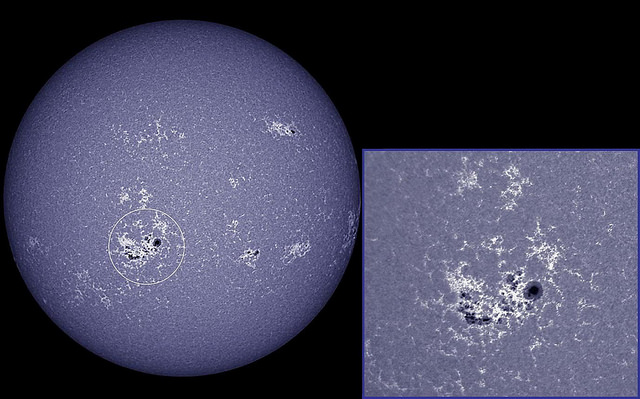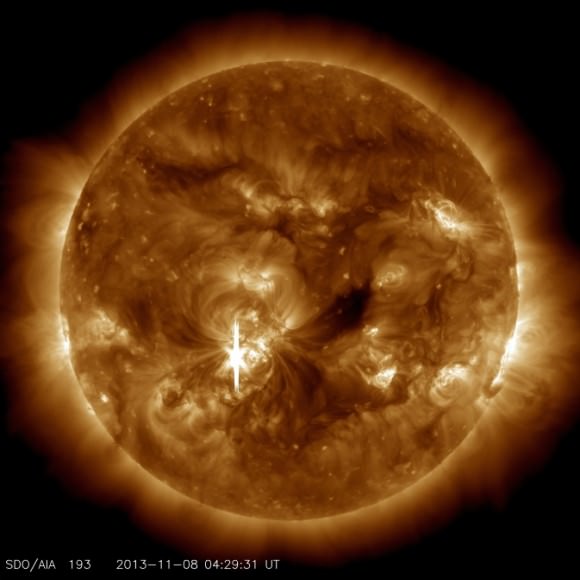This article was originally written in 2010, but we’ve now updated it and added this spiffy new video.
As you probably know, the Earth is rotating on its axis. This gives us day and night. Of course it’s impossible, but what would happen if the Earth stopped spinning? Remember, this isn’t possible, it can’t happen, so don’t worry.
Everything would be launched in a ballistic trajectory sideways
The first thing to think about is the momentum of everything on the surface of the Earth. You’re held down by gravity and you’re whizzing through space at a rotational velocity of 1,674.4 km/h (at the equator). You can’t feel it because of momentum. Just like how you can’t feel that you’re moving in a car going down the highway. But you feel the effects when you stop, or get into an accident. And so, if the Earth suddenly stopped spinning, everything on the surface of the Earth at the equator would suddenly be moving at more than 1,600 km/hour sideways. The escape velocity of Earth is about 40,000 km/hour, so that isn’t enough to fly off into space; but it would cause some horrible damage as everything flew in a ballistic trajectory sideways. Imagine the oceans sloshing sideways at 1,600 km/hour.
The rotational velocity of the Earth decreases as you head away from the equator, towards the poles. So as you got further away from the equator, your speed would decrease. If you were standing right on the north or south pole, you’d barely even feel it.
A day would last 365 days
The next problem is that day and night wouldn’t work the same any more. Right now the Earth is rotating on its axis, returning the Sun to the same position every 24 hours. But if the Earth stopped spinning, it would then take 365 days for the Sun to move through the sky and return to the same position. Half of the Earth would be baked for half a year, while the other hemisphere was in darkness. It would get very hot on the sunny side, and very cold in the shadowed side. You can imagine how that would be devastating to plants and animals. We get a hint of this at the poles, where you can experience weeks of permanent night and then weeks of permanent day. But imagine 6 months of night, followed by 6 months of day.
The Earth would become a perfect sphere
This might seem minor compared to the other catastrophes, but the Earth would become an almost perfect sphere. The Earth is currently rotating on its axis, completing one turn approximately every 24 hours. This rotational velocity causes the Earth to bulge out around its equator, turning our planet into an oblate spheroid (a flattened ball). Without this spin, gravity would be able to pull the Earth into a nice perfect sphere. This sounds interesting and probably harmless, but it’s actually a *big* problem. Because of the Earth’s bulge in the middle, the oceans are held out at the equator by 8 km. On perfect sphere Earth, the world’s oceans would redistribute, flooding many regions of the planet with an immense volume of water. We’d end up with a single continent around the middle of the planet, with oceans surrounding the north and south poles.
The Earth would no longer be tilted
The Earth’s tilt is defined by how the planet is rotating compared to the Sun. This axis of rotation defines the Earth’s seasons. But without any rotation, the concept doesn’t make sense any more. There’s still a north pole of the planet, where the radiation from the Sun is at its lowest angle, and an equator, where the light hits most directly. But there would no longer be seasons.
We have written many articles about the Earth for Universe Today. Here’s an article about why the Earth has seasons, and here’s an article about how the Earth protects us from space.
If you’d like more info on Earth, check out NASA’s Solar System Exploration Guide on Earth. And here’s a link to NASA’s Earth Observatory.
We’ve also recorded an episode of Astronomy Cast all about planet Earth. Listen here, Episode 51: Earth.
References:
NASA: Escape Velocity
NASA Ask Us: Earth and Moon
NASA: What would happen if the Earth stopped spinning?


